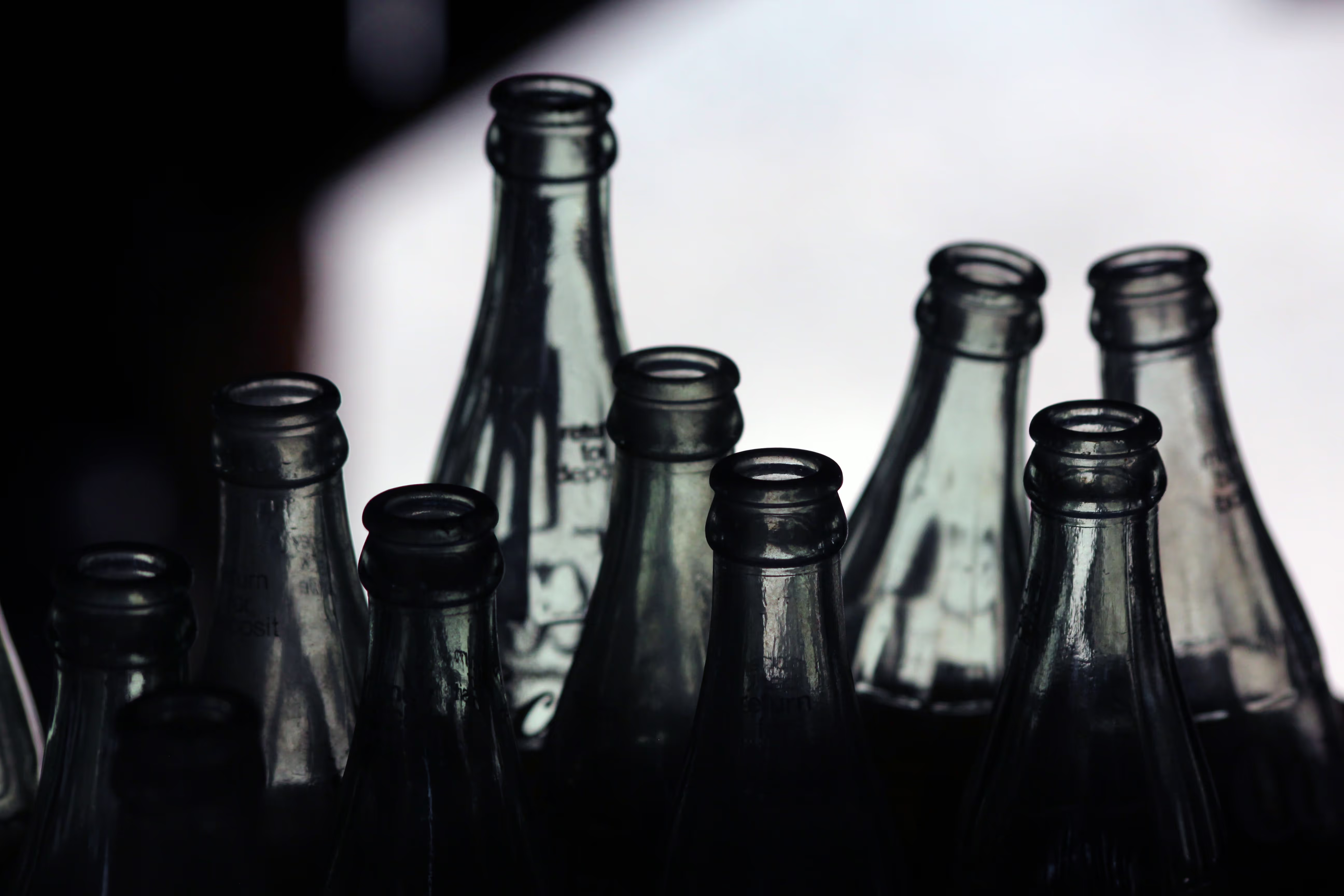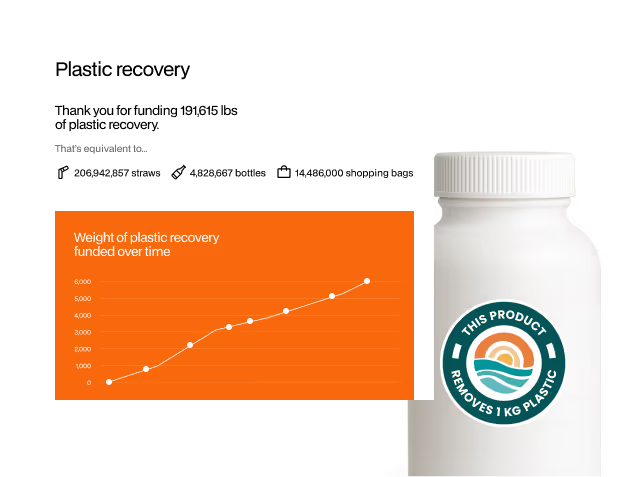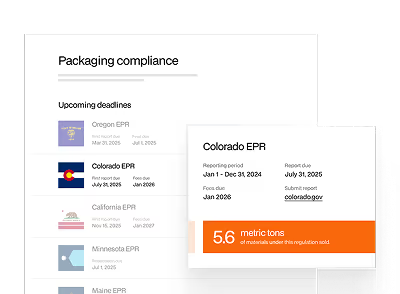Glass must be better for the environment than plastic, right?
Recycled glass can be crushed and melted down and used to produce more glass. In fact, glass can infinitely be recycled without impacting its quality, purity or durability. That’s a pretty good start for any circular material.
Most plastics used in packaging are not ‘circular’ in the same way. They are either (almost) unrecyclable, or lose quality in the recycling process.
In most parts of the world, glass has a high recycling rate compared to other packaging materials. The average glass recycling rate is around 75% in Europe (though this lower in the USA where the recycling rate for glass has hovered just above 30% for some time, and most is still landfilled). Statistics for plastic packaging recycling are lower (officially around 40% in Europe, and 15% in the US). Glass is also non-toxic, since it’s mainly made from silica.
But, as always seems to be the case, it is not so straightforward. For a start, like the extraction of fossil fuels to make virgin plastic, the mining of silica sand - the raw material for glass manufacture - can be damaging to the environment. The health concerns around microplastics do not apply to discarded glass, though silicosis from tiny silica particles generated in mining can also be damaging to human health.
The manufacturing process for glass is also more energy-intensive than for plastic. There is a higher melting point for glass compared with plastic – a glass furnace will burn at around 2730F (1500C). And recycling glass requires this process to be repeated to form the new packaging.
This is, of course, only a quick introduction - the environmental cost of transporting the materials, the behavior of the end-consumer, and much much more needs to be considered.
And that’s only for glass versus plastic. Other calculations and considerations apply to cardboard, bioplastics and compostable materials, and other alternatives to using plastic.
Fortunately, there are studies and plenty of advice out there to do some of the heavy lifting. But as a brand using packaging, there’s certainly some thinking to do.


.png)
.avif)
.png)
.avif)






